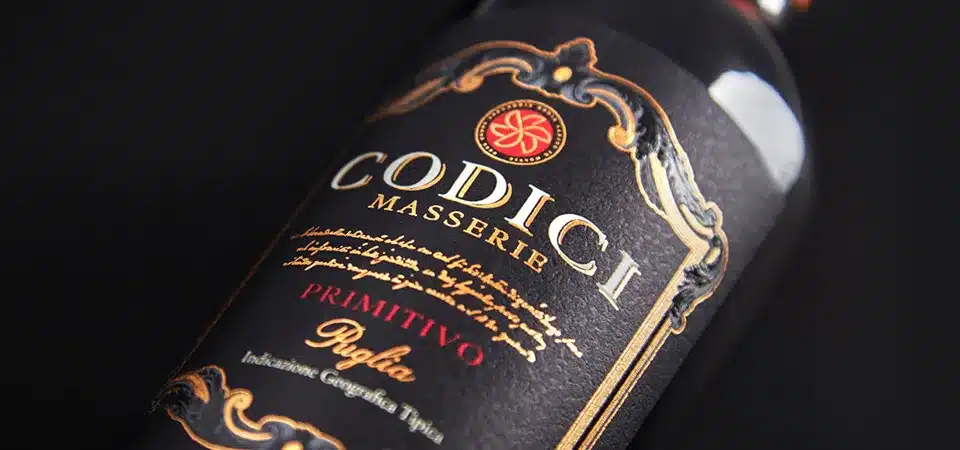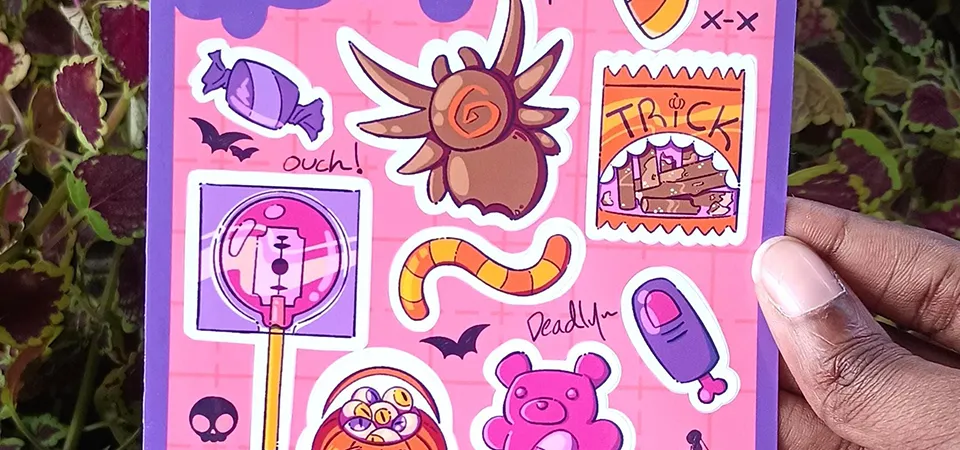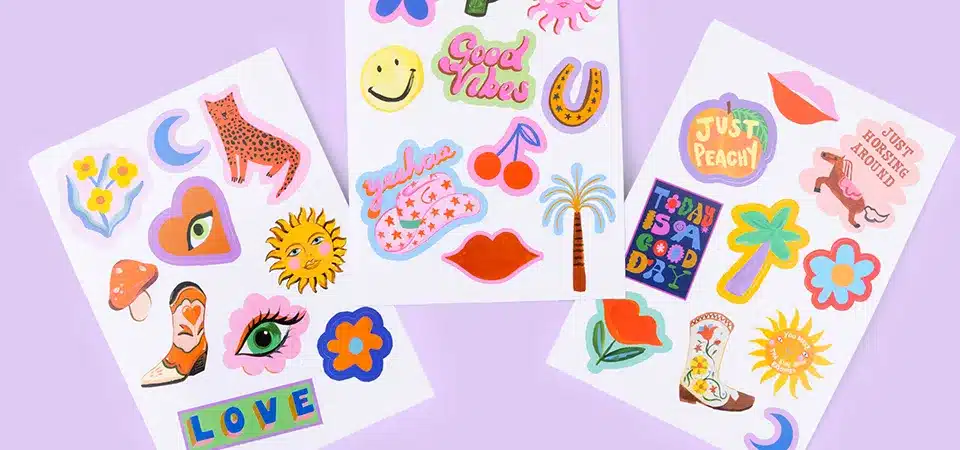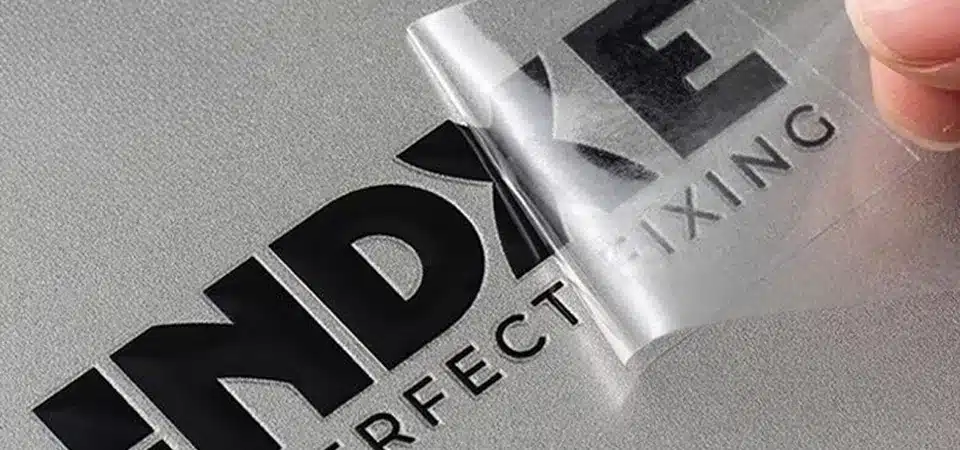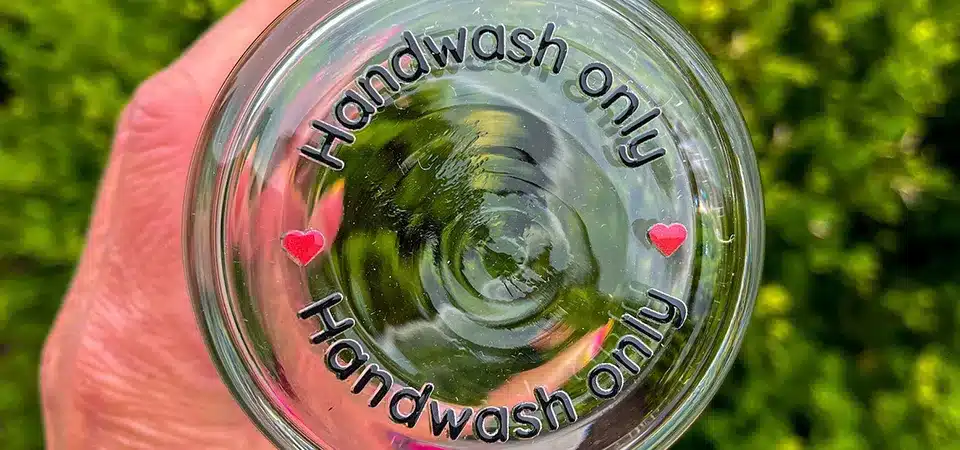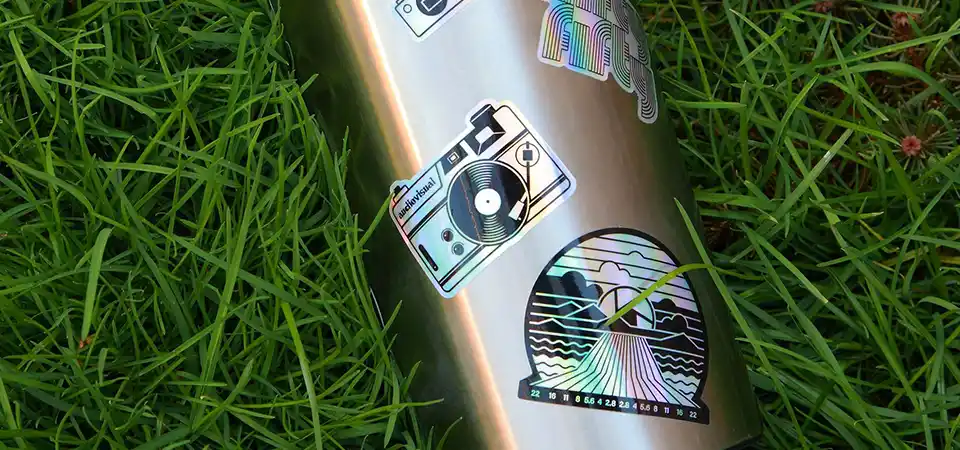Your products look great, but the labels are plain and easily overlooked. You see competitors with shiny, eye-catching packaging and wonder how you can make your brand stand out.
Foil printing is a premium technique that applies a thin layer of metallic or pigmented foil to a surface using heat and pressure. It creates a shiny, reflective finish, perfect for luxury packaging, logos, and special editions that need to grab attention.
As a sticker expert, I see foil printing as one of the best ways to elevate a brand. It adds a touch of class that regular ink just can't replicate. It tells a customer, "this product is special." But it's more than just a shiny layer; it's a specific process with different methods and options. Let's break down what foil printing really is and how you can use it to make your products shine.
What are the different foil printing methods?
You want to use foil, but you hear terms like "hot" and "cold" foil. It's confusing, and you don't know which method is right for your project's quality or budget.
The two main methods are hot foil stamping and cold foil printing. Hot foil uses a heated metal die for a premium, debossed feel. Cold foil is a modern digital process that's faster and better for complex designs.
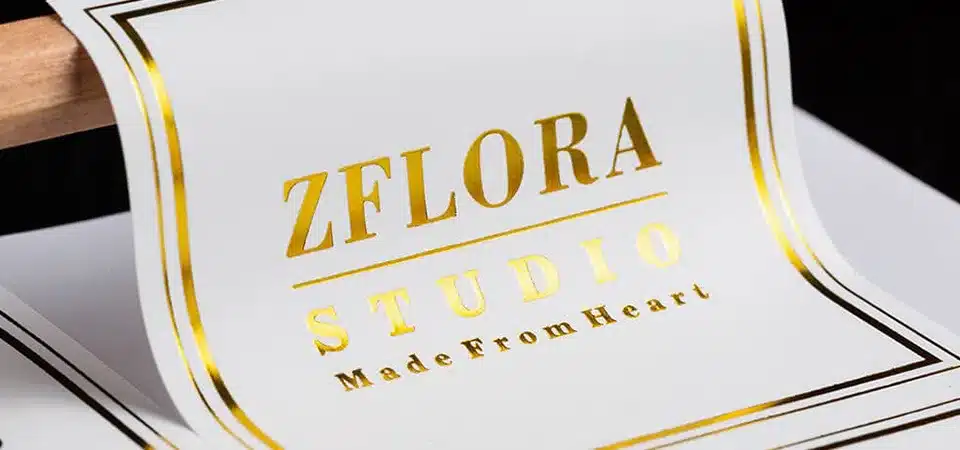
When a client asks for foil, my first question is always about their design and budget, because that helps us choose the right method. Both create beautiful results, but they work very differently and are suited for different kinds of jobs. Understanding the difference is key to getting the look you want.
Hot Foil Stamping: The Traditional Choice
This is the classic, time-honored method. We start by creating a custom metal plate, or "die," of your design. This die is heated and then pressed firmly onto the foil, which transfers the foil onto the sticker material below it. Because it uses pressure, hot foil stamping leaves a slight indentation in the material, an effect called "debossing." This gives the sticker a wonderful texture that you can feel, making it seem very high-end. I recommend this method for elegant, bold designs like logos or monograms on wedding invitations or luxury product labels. It’s not the best for designs with very fine lines or gradients, as the details can get lost.
Cold Foil Printing: The Modern Method
This is a newer, more versatile technique that happens directly on a printing press. Instead of a heated die, we print a UV-curable adhesive onto the sticker in the shape of your design. We then press the foil against the material, and it only sticks to where the adhesive was applied. A UV light instantly cures and hardens the adhesive, and we pull the excess foil away. Cold foil lies completely flat on the surface with no debossing. Its biggest advantage is the incredible detail it can capture. It's perfect for intricate patterns, small text, and even creating metallic gradients, which is impossible with hot foil. It’s also faster and more cost-effective for complex, multi-color foil designs.
| Feature | Hot Foil Stamping | Cold Foil Printing |
|---|---|---|
| Process | Heated metal die and pressure | UV-curable adhesive and UV light |
| Finish | Slightly debossed, textured | Completely flat, smooth |
| Best For | Bold logos, simple designs | Intricate patterns, fine details |
| Cost | Higher setup cost (for the die) | More cost-effective for complex jobs |
What materials can you use for foil printing?
You have a foil design ready to go, but you're not sure if it will work on your chosen sticker material. You worry the foil won't stick properly or look right.
Foil printing works best on smooth, coated surfaces. Materials like glossy or matte coated paper and vinyl are ideal choices. Uncoated or heavily textured papers can be problematic, as the foil may not adhere evenly.
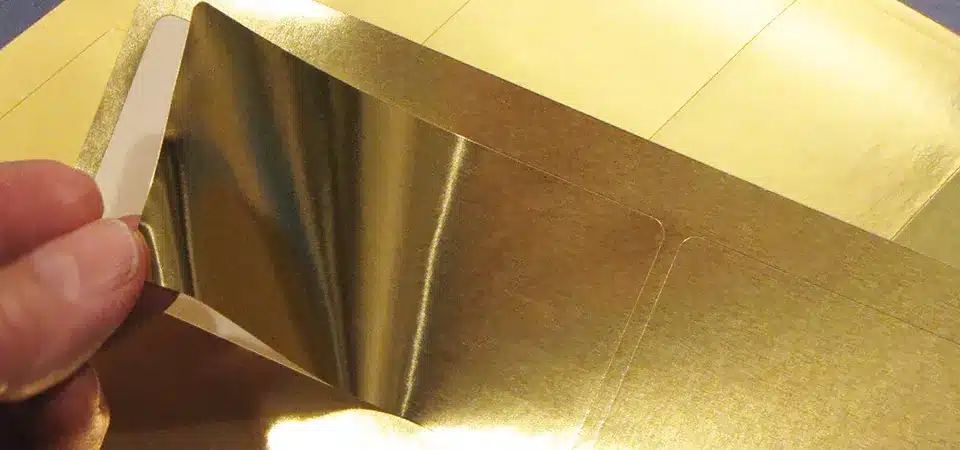
The success of foil printing depends heavily on having a smooth surface. Whether we are using pressure from a hot die or applying a liquid adhesive for cold foil, the foil needs a perfectly even surface to transfer cleanly. If the material has a lot of texture with little peaks and valleys, the foil might only stick to the high points, resulting in a broken or patchy look. That's why I always guide my clients to select the right material from the start.
Here are some of the best materials for the job:
- Coated Paper: This is the most popular choice for a reason. Both glossy and matte coated papers have a smooth, sealed surface that provides the perfect canvas for foil. The foil adheres cleanly, creating sharp, crisp edges. This is my go-to for premium product labels for things like candles, cosmetics, or gourmet foods.
- Vinyl: For stickers that need to be durable and waterproof, vinyl is an excellent option. Foil on a white or even clear vinyl sticker looks incredibly sleek and modern. I often use this for high-end electronics, luxury beverages, or any product that needs a durable, premium label.
- Smooth Cardstock: This isn't just for stickers. For items like hang tags, business cards, or packaging sleeves, a smooth, heavy cardstock works beautifully with foil. It gives the product a substantial and luxurious feel.
Conversely, I usually advise against using heavily textured paper unless a client is specifically aiming for a rustic, distressed look where a patchy foil transfer is part of the design.
What colours are available for foil printing?
You hear "foil" and immediately picture classic gold or silver. This seems limiting, making you think foil isn't the right choice for your unique, colorful brand.
The world of foil colors is vast. Beyond traditional gold and silver, you can find rose gold, copper, vibrant blues, reds, greens, and even stunning holographic or iridescent finishes that shift in the light.
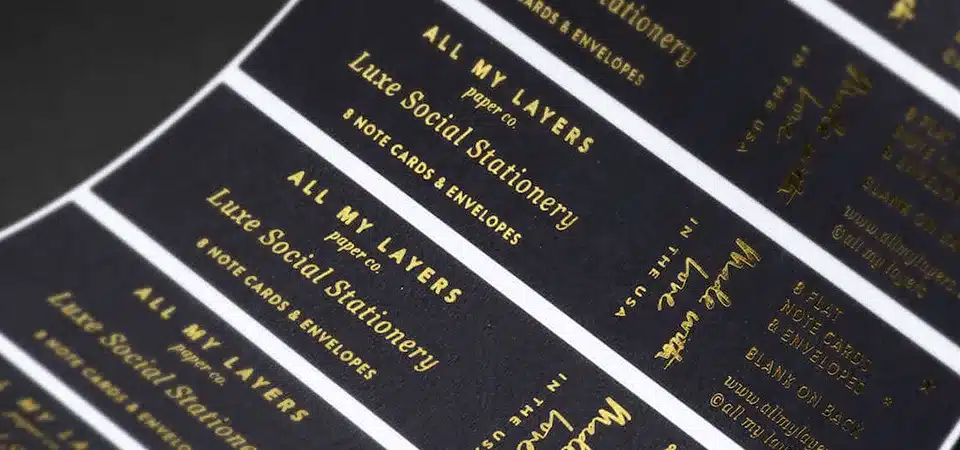
One of the most exciting parts of my job is showing clients the foil swatch book. Their eyes always light up when they realize the possibilities go far beyond just gold and silver. Foil is a way to add color and personality, not just a metallic sheen. The options are incredible and can be tailored to match any brand identity perfectly.
Let's look at the main categories:
- Metallic Foils: This is the classic family of foils. Of course, it includes shiny gold, silver, and the very popular rose gold and copper. But you can also get almost any color of the rainbow with a metallic finish, like shiny red, blue, green, or pink. These are perfect for adding a touch of traditional elegance.
- Pigment Foils: These foils offer solid color without any metallic shine. They come in both glossy and matte finishes. Imagine a bright, glossy white foil on a black sticker, or a sophisticated matte black foil on a kraft paper label. They are fantastic for creating high-contrast, modern designs.
- Holographic & Iridescent Foils: These are my personal favorites because they are so dynamic. Holographic foil (sometimes called "rainbow" or "oil slick") reflects a full spectrum of colors that change as you move the sticker in the light. Iridescent foil (like "mother-of-pearl") shifts between a few specific colors. These are incredibly popular for limited edition products, tech brand stickers, or anything that wants to look futuristic and capture attention instantly.
What is foil printing used for?
You understand that foil looks luxurious, but you can't quite picture how to apply it to your own business. You're stuck on how to use this premium finish effectively.
Foil printing is used to add luxury and highlight key information. It's perfect for logos on product labels, seals for limited editions, elegant wedding invitations, and premium business cards that make a strong first impression.
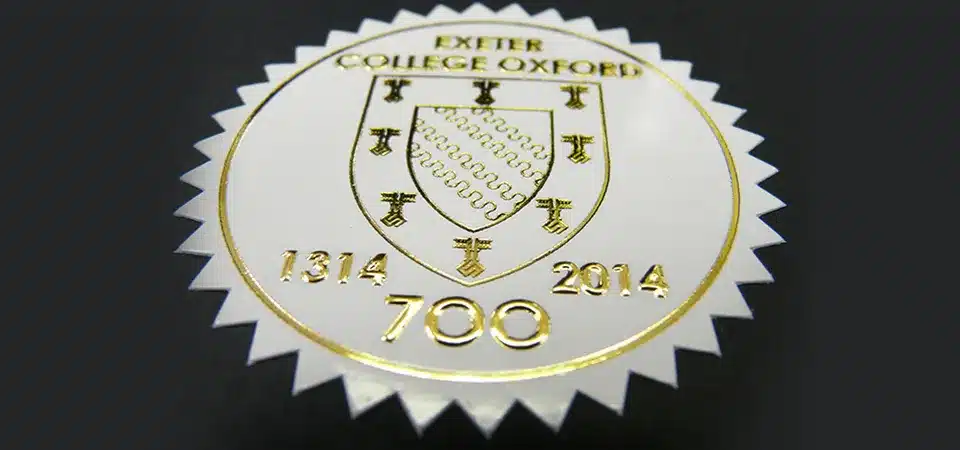
The best way to use foil is strategically. Foiling an entire label would be overwhelming and expensive. Instead, the magic happens when you use it to draw the eye to the most important parts of your design. It's a spotlight for your brand. I've helped countless businesses use foil to transform their products.
Here are some of the most popular applications:
- Product Packaging and Labels: This is where foil truly shines. Think of a gold foil logo on a dark wine bottle label, a shimmering silver accent on a high-end skincare box, or a holographic seal on a special edition bag of coffee. The foil instantly communicates that the product inside is high-quality and worth a premium price.
- Business Cards and Stationery: Handing someone a business card with a foil accent immediately sets you apart. It feels more substantial and shows you invest in your brand's image. It’s a small detail that leaves a big, memorable impression.
- Invitations and Certificates: Foil is perfect for adding a sense of occasion. It's widely used for wedding invitations, gala announcements, and formal events to add a touch of elegance and celebration. Foil seals on certificates and diplomas also convey authenticity and prestige.
- Book Covers and Hang Tags: On a crowded bookshelf, a book with a foiled title will catch the light and draw a reader's eye. For apparel, a foil-stamped hang tag elevates the entire garment, adding to its perceived value before the customer even tries it on.
What are the benefits of foil printing?
You see foil printing as just another expense. You're not convinced that the investment will actually pay off in terms of brand perception or, more importantly, sales.
The key benefit is a dramatic increase in perceived value. Foil makes products look more luxurious and high-quality. It also grabs attention on a shelf, boosts brand recognition, and creates a memorable tactile experience.
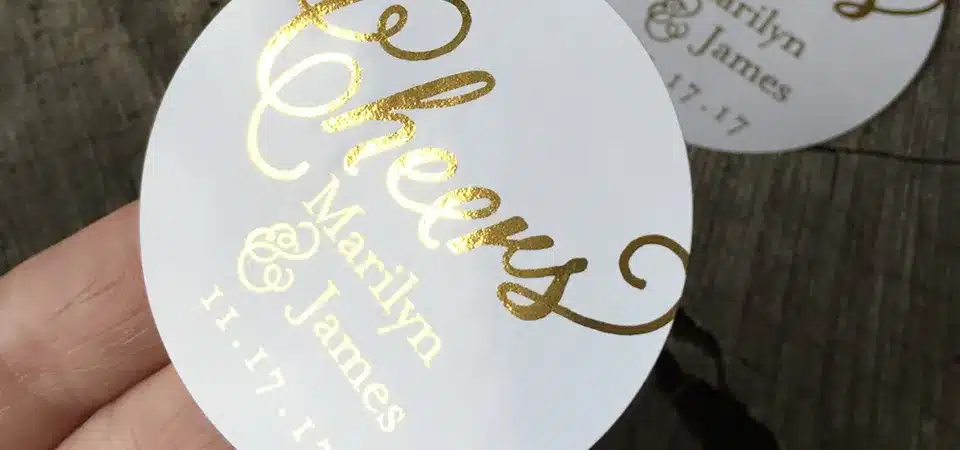
Foil printing isn't just a cost; it's an investment in your brand's story. It's a visual shortcut to communicating quality. Over the years, I've seen firsthand how adding a simple foil element can transform a product's success in the market. The return on that investment comes in several powerful ways.
First, it increases the perceived value of your product. The human eye is naturally drawn to shiny things, and we associate metallics with wealth and quality. A simple touch of foil can make a product feel more expensive and luxurious, which can support a higher price point. It’s a psychological cue that your product is a premium choice.
Second, it helps you stand out on the shelf. A retail environment is incredibly competitive. You have just a few seconds to capture a customer’s attention. The way foil catches and reflects light creates a visual flash that makes it nearly impossible to ignore. Your product is more likely to be the one a customer picks up for a closer look.
Finally, it creates a memorable tactile experience. This is especially true with hot foil stamping, which leaves a slight indentation. When a customer holds your product, they can feel the texture of the foil. This physical interaction is more memorable than just seeing a flat, printed label. It makes your brand feel more real and substantial in their hands.
How durable is foil printing?
You love the sophisticated look of foil but worry that it will scratch, scuff, or flake off. You can't risk your premium packaging looking cheap and damaged after shipping or handling.
Professionally applied foil printing is very durable. Hot foil stamping creates a strong physical bond that resists scuffing. Cold foil, when protected with a laminate or varnish, is also highly resilient and suitable for most packaging needs.
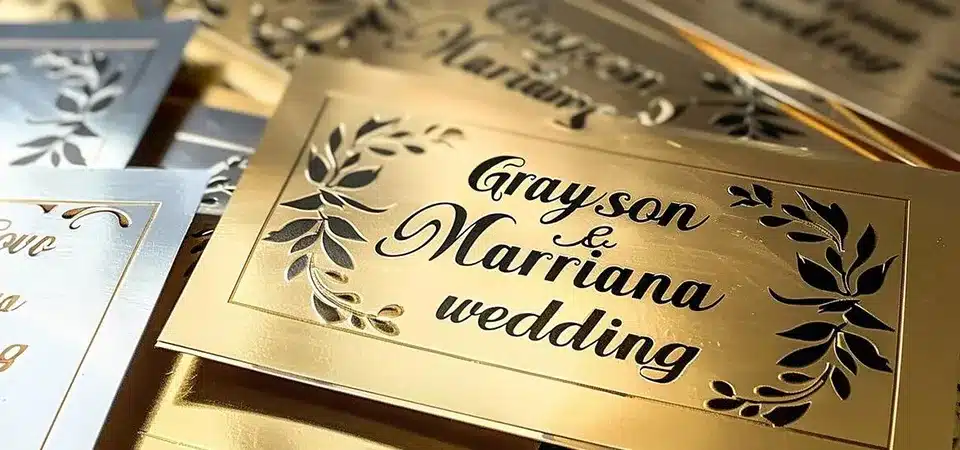
This is a very valid concern. A premium finish should look premium for the entire life of the product. The good news is that when done correctly, foil is surprisingly tough. The durability depends a bit on the method used and the product's final application.
Hot Foil Stamping is the champion of durability. The process uses intense heat and pressure to essentially press the foil into the surface of the paper or vinyl. This creates an incredibly strong bond that is very resistant to scratching and flaking. I recommend this method for products that will be handled frequently or subjected to a lot of friction, like wine bottles that are put in and out of racks.
Cold Foil Printing, on its own, produces a much thinner layer of foil. Its durability comes from the crucial next step in the printing process: a protective topcoat. After the cold foil is applied, we almost always add a layer of clear laminate or a UV-cured varnish over the entire sticker. This topcoat acts as a shield, sealing in the foil and protecting it from moisture, scuffs, and abrasion. With this protective layer, cold foil labels are just as tough as standard printed labels and hold up perfectly during shipping and regular handling. For any product that will face the real world, this protective finish is not optional; it's essential.
Conclusion
Foil printing is a powerful tool to make your brand look luxurious and stand out. It adds significant value and shelf appeal, transforming your product into a premium choice.

